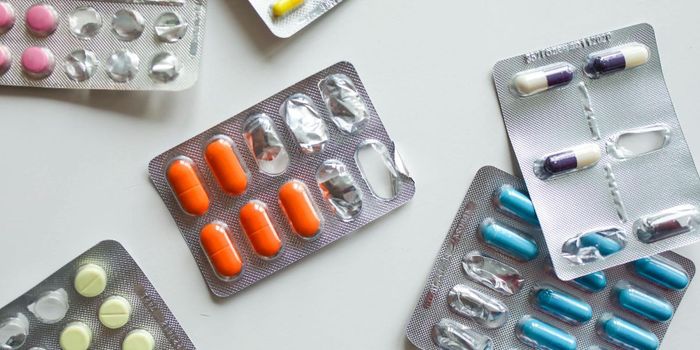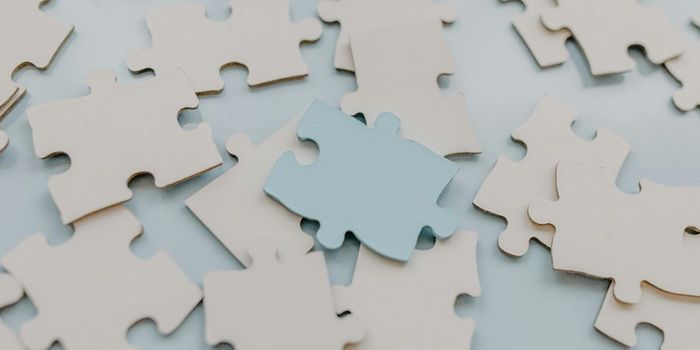Can Sleep Deprivation in Teens Increase Risk-Taking?
Getting enough sleep is a healthy habit for anyone, but in adolescents it's crucial. Brain development is happening at a rapid pace during the teen years, and guidelines suggest that the appropriate amount of sleep is 8-10 hours per night for teenagers, but studies show that only about 70% of high school students get this amount. The result can be poor learning performance, lapses in judgment, and, according to new research, an association with high-risk behavior.
Scientists at Brigham and Women's Hospital in Boston looked at data from a national sample that detailed self-reported risk-taking habits, diet, social factors, and sleep duration. Their data spanned eight years and found an association between lower amounts of sleep and risk in personal safety by teens. While it's not unusual during adolescence for young people to be more outgoing and less cautious when it comes to dangerous behavior, the association with less sleep is problematic. The team at the Brigham reported their findings in a research letter published in Jama Pediatrics on October 1, 2018.
Lead author of the work, Dr. Mathew Weaver, Ph.D., is a research fellow in the Division of Sleep and Circadian Disorders, Brigham and Women's Hospital. He explained, "We found the odds of unsafe behavior by high school students increased significantly with fewer hours of sleepPersonal risk-taking behaviors are common precursors to accidents and suicides, which are the leading causes of death among teens and have important implications for the health and safety of high school students nationally."
The numbers indicated a strong correlation between sleep and dangerous behavior. Students who slept less than six hours a night, were twice as likely to admit to using alcohol, tobacco products, marijuana (and other drugs) and driving after consuming alcohol. The risks did not stop there. The teens who got less sleep were also more likely to get in a fight or carry a weapon. While all of those behaviors increase the risk of death, accidents, and legal trouble, the most concerning part of the research concerned mood disorders and self-harming behavior. Sleeping less than six hours per night worked out to teens being three times more likely to consider or attempt suicide and four times more likely to experience a suicide attempt resulting in mental health treatment. Overall, only about 30% of high school students reported getting more than the recommended average of 8 hours of sleep on school nights.
Where was all this data? The U.S. Centers for Disease Control and Prevention (CDC) conducts The Youth Risk Behavior Surveys biannually at both public and private schools across the nation. In the analysis of sleep duration and risk, the data included responses from 67,615 high school students who participated in the surveys between 2007 and 2015. The review is very specific and puts "personal safety risk-taking behaviors" as particular choices like smoking, drug use, self-harm as well as including them in composite categories. The study design is complicated, but the numbers were analyzed in several mathematical models to control for factors like age, sex, race, and year of survey.
Dr. Elizabeth Klerman, MD, Ph.D., is director of the Analytic Modeling Unit, Division of Sleep and Circadian Disorders at the hospital and the senior author of the study. She explained, "Insufficient sleep in youth raises multiple public health concerns, including mental health, substance abuse, and motor vehicle crashes. More research is needed to determine the specific relationships between sleep and personal safety risk-taking behaviors. We should support efforts to promote healthy sleep habits and decrease barriers to sufficient sleep in this vulnerable population."
Sources: CNN, JAMA Pediatrics, Brigham and Women’s Hospital via Science Daily









